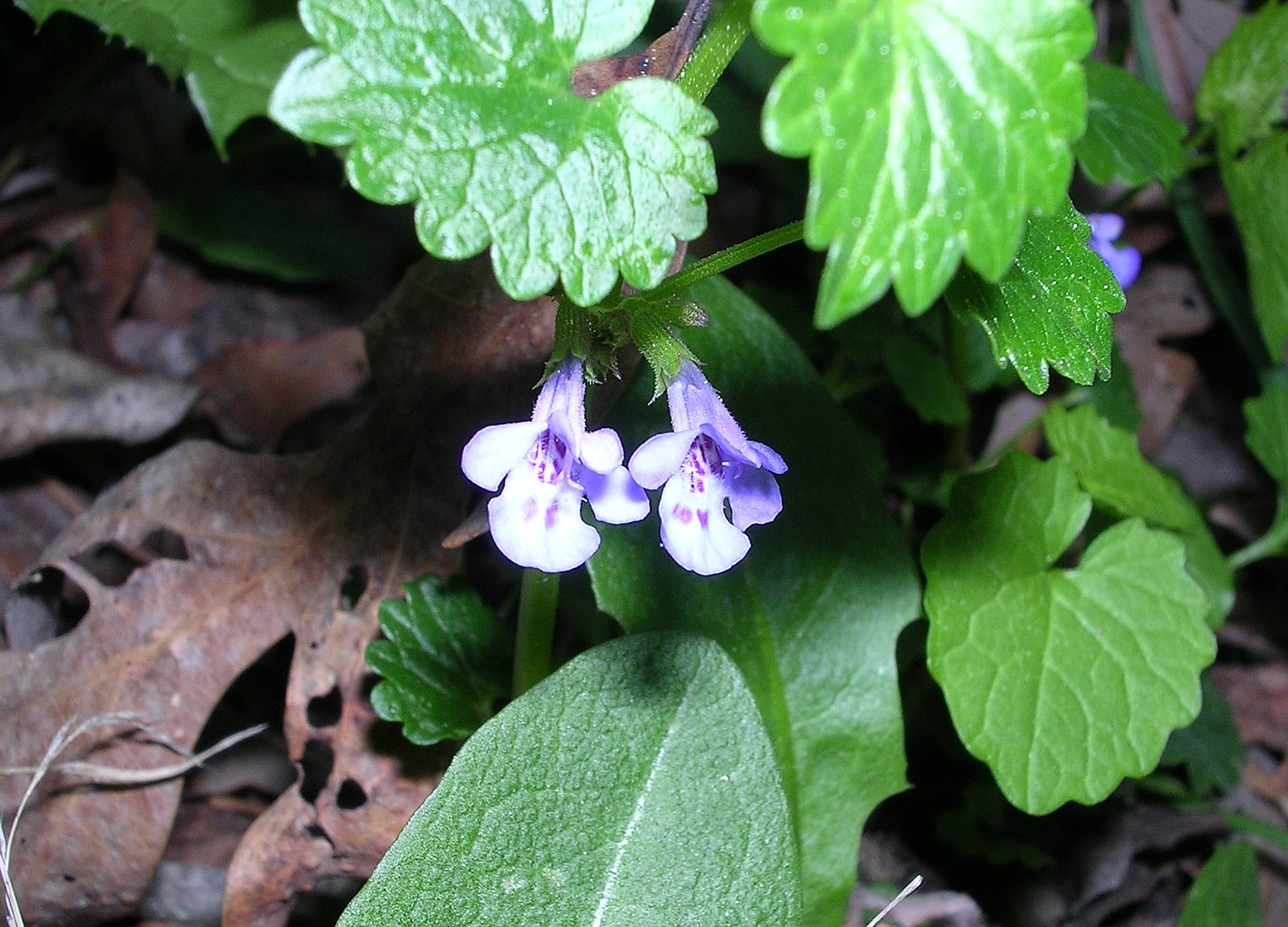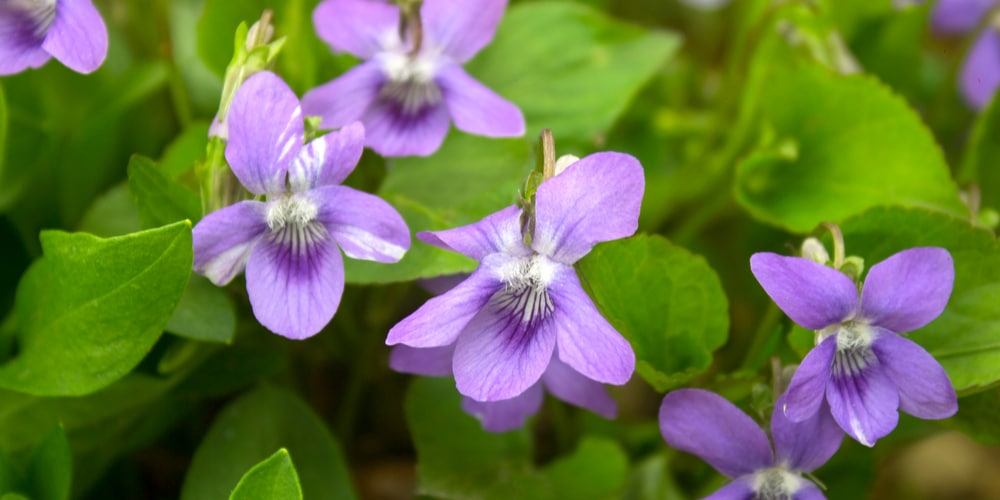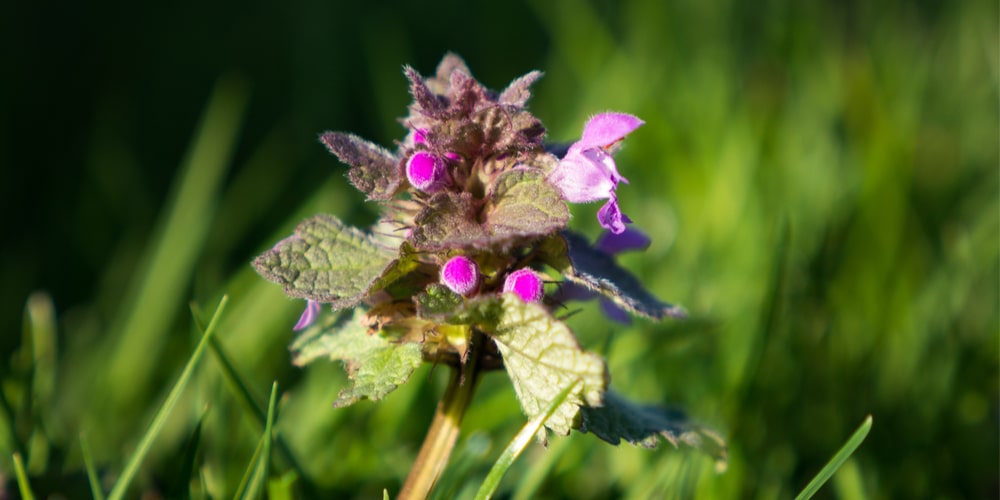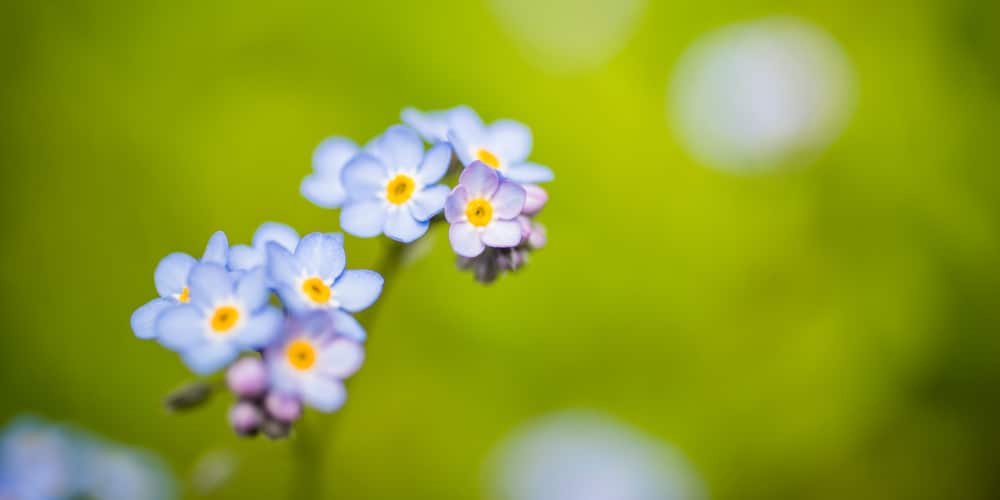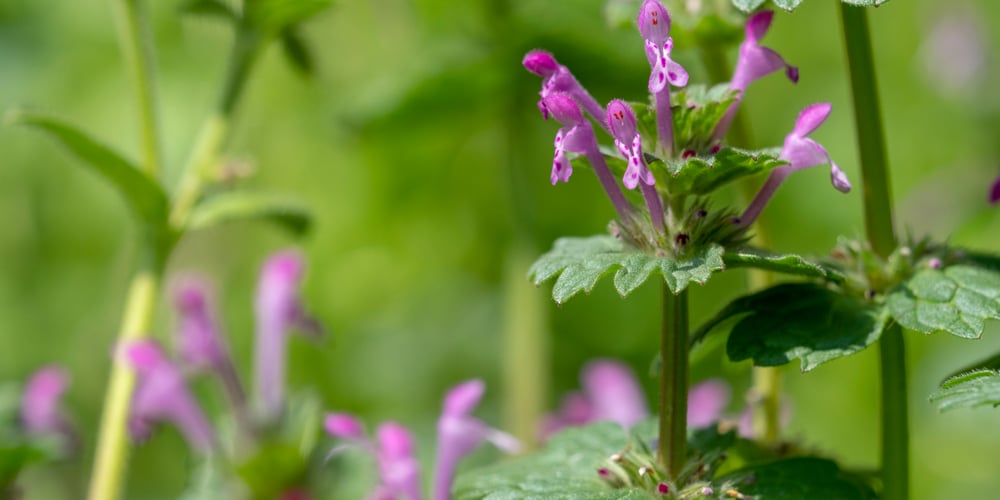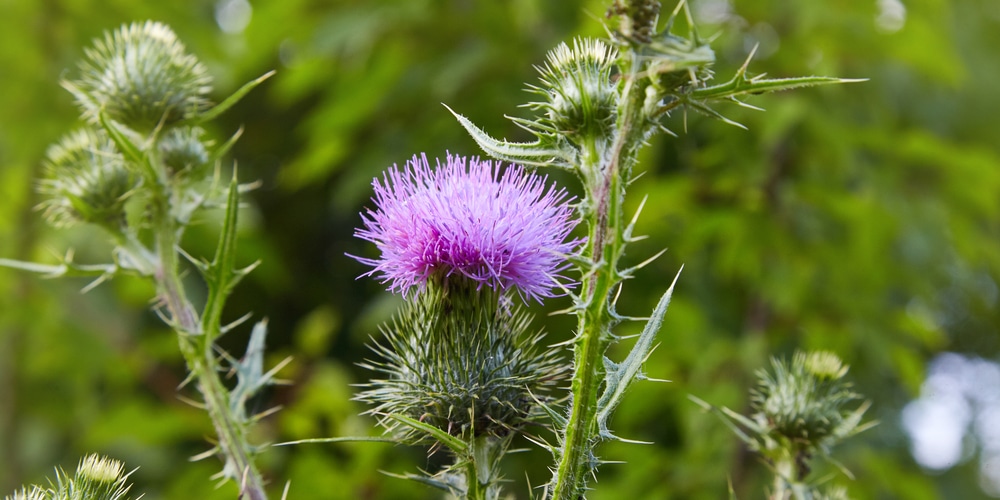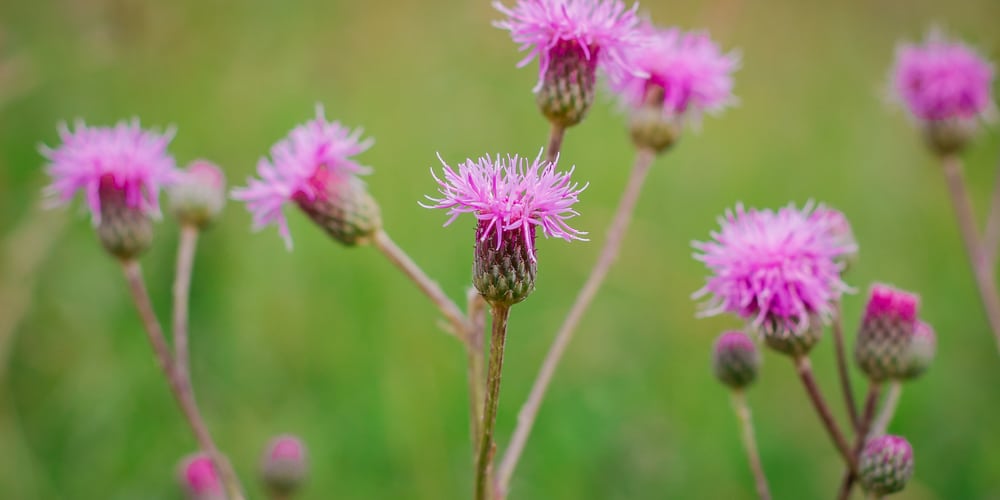We all know how challenging it can be to maintain a lush and green turf. While the efforts will be worth it (after all, who doesn’t like how green grass looks), the process can be time-consuming. You might have to deal with pests, and infections. Weeds invasions are common and you may have small purple flowers growing in your grass.
Luckily, if you know what to do about them, you shouldn’t have problems with keeping your turf healthy. Part of making things easier for you involves being able to identify the issues that might affect your yard.
If you have ever seen small purple flowers in your grass, you might be wondering whether they are weeds or not. To learn more about them, keep reading.
Here, you’ll find everything you need to know about small purple flowers in grass. For instance, you’ll learn how to tell whether you should eradicate them or if you can keep them around your turf without severe consequences.
What are Small Purple Flowers in Grass?
If you have a lawn in your garden, you might come across small purple flowers. And while they might look pretty, you will have to think about removing them.
After all, most of the time, they will deprive your lawn of essential nutrients and make it more challenging for your turf to stay healthy. However, not all such tiny purple flowers cause trouble.
But because it might be hard to identify whether they are weeds or beneficial plants, you might need some more information. That’s why we put together this essential guide.
Here, we included a list of the most common weeds and their description, so you’ll be able to decide what to do about them.
Wild Violets
Wild violets are gorgeous blooms that might make your lawn more attractive. After all, they add a touch of stunning deep purple color to the green mat. While the purple variety is the most common, these wildflowers may appear in white, pink, blue, and yellow.
However, under ideal conditions (and without taking any step to stop them), these wild plants might take over your yard.
These wildflowers spread through rhizomes which will propagate through your garden. Such a growing characteristic makes it hard to stop wild violets’ spread. If you decide to keep them on your lawn, you can use the blooms to garnish salads or dry their leaves to make tea.
Ground Ivy
Ground Ivy comes from the same family as mint. But, this weed can become challenging to kill because it won’t die after mowing. Because of their aggressive growth, these plants will deprive your lawn of nutrients and water and leave it weak.
This plant isn’t hard to identify: look at the flowers: if they are purple, tiny, with oval-shaped petals, you are dealing with ground ivy (also called creeping charlie).
We recommend you control its spread as soon as possible. Use suitable weed treatments to get effective results.
Spider Grasses
Spider grasses, also known as forget-me-nots, are delicate-looking wildflowers that might spread to your garden. Luckily, these plants aren’t weeds in the proper sense of the word.
They won’t compete with your turf’s growth and will improve the looks of your garden.
However, these plants might get out of control and suppress other species your might be growing.
But most of the time, you won’t even realize they are there: these plants can remain dormant for up to thirty years and will only flower when the ground’s conditions are ideal.
Henbit
Henbit is an annual weed that produces small purple flowers among a green mat of heart-shaped leaves. You may have seen these wildflowers before in fields, roadsides, or ditches.
While the blooms might look cute, you should take action to remove these weeds from your lawn. Indeed, these plants grow aggressively and spread very fast. Use a chemical herbicide or hand-pull if the plant is still young.
Spear Thistle
Another wildflower that might bother your lawn is the spear thistle. This plant produces purple and fluffy flowers that come out of a spiny-looking ball.
Consider mowing your lawn as low as possible to prevent spear thistle’s spread. Hand-picking is a more effective way to control spear thistle.
While the plant might attract butterflies and bees to your garden, we recommend you remove it as soon as possible to prevent any problems with your lawn.
Canada Thistle
Canada Thistle, also known as creeping thistle, is a perennial wildflower that might spread to your lawn. This plant displays elongated leaves with sharp spines on them.
Its blooms are purple and grow in clusters on top of it. As the name suggests, Canada Thistle’s flowers turn fluffy and white when they go to seed.
Because these plants prefer soils low in nutrient content, you might be able to eradicate these weeds by increasing your ground’s fertility.
Related Article: 6 Great Plants That Like Wet Soil
